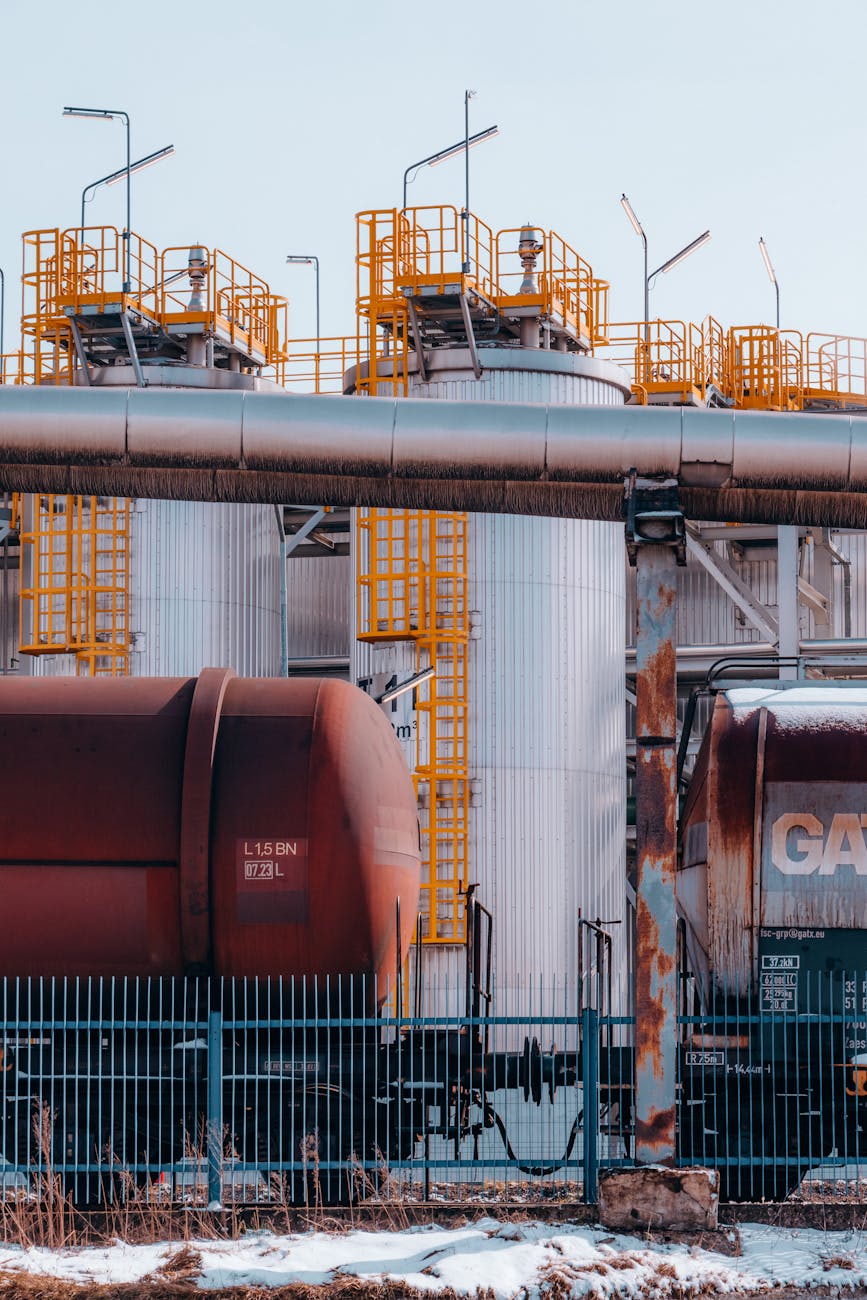
Oil & Gas Industry HSE Challenges and Solutions
Introduction
The Oil & Gas industry is one of the most critical sectors globally, powering economies and providing energy for industries and households. However, it also poses significant Health, Safety, and Environmental (HSE) challenges due to hazardous working conditions, environmental risks, and regulatory pressures. Ensuring robust HSE practices is essential to protect workers, communities, and ecosystems while maintaining operational efficiency.
This article explores the major HSE challenges in the Oil & Gas industry and provides practical solutions to mitigate risks.
Major HSE Challenges in the Oil & Gas Industry
1. Workplace Safety Hazards
Challenge:
- High-risk operations (drilling, refining, transportation) expose workers to explosions, fires, and equipment failures.
- Confined spaces, heavy machinery, and toxic chemicals increase accident risks.
Solution:
- Implement strict safety protocols (PPE, lockout/tagout procedures).
- Conduct regular safety drills and hazard identification training.
- Use automation and robotics for high-risk tasks.
2. Environmental Pollution
Challenge:
- Oil spills, gas flaring, and wastewater discharge harm ecosystems.
- Greenhouse gas emissions contribute to climate change.
Solution:
- Adopt leak detection systems and double-walled pipelines.
- Invest in carbon capture and storage (CCS) technologies.
- Follow zero-flaring policies and use alternative disposal methods.
3. Occupational Health Risks
Challenge:
- Exposure to toxic chemicals (H2S, benzene) causes long-term health issues.
- Fatigue from long shifts leads to human errors.
Solution:
- Enforce regular health screenings and exposure monitoring.
- Implement shift rotation policies to reduce fatigue.
- Provide proper ventilation and respiratory protection.
4. Regulatory Compliance
Challenge:
- Evolving HSE regulations require continuous updates in operations.
- Non-compliance leads to legal penalties and reputational damage.
Solution:
- Maintain an HSE compliance team to monitor regulatory changes.
- Use digital compliance tracking tools for audits and reporting.
5. Emergency Response Preparedness
Challenge:
- Delayed responses to oil spills, blowouts, or fires worsen disasters.
Solution:
- Develop detailed emergency response plans (ERPs).
- Train workers in crisis management and first aid.
- Partner with local authorities for rapid disaster response.
Conclusion
The Oil & Gas industry must prioritize HSE management to ensure worker safety, environmental protection, and regulatory compliance. By adopting advanced technologies, strict safety protocols, and sustainable practices, companies can mitigate risks and enhance operational efficiency. Continuous training, innovation, and stakeholder engagement are key to achieving zero-incident workplaces and reducing environmental impact.
Earth Leakage Protection: ELCB vs RCD vs RCBO
GFCI vs RCCB vs ELCB – Key Differences and Applications
Fire Prevention vs Fire Suppression: What’s More Important?
Safety Culture vs Safety Compliance – Which is More Important?
5 Mock Drill Scenarios to Test Workplace Safety
FAQs
1. What are the biggest safety risks in the Oil & Gas industry?
The biggest risks include fires, explosions, chemical exposures, and equipment failures, often due to high-pressure operations and flammable materials.
2. How can companies reduce environmental damage from oil spills?
Using advanced leak detection systems, spill containment booms, and rapid response teams can minimize environmental damage.
3. Why is worker fatigue a major HSE concern?
Long shifts and high-stress environments lead to human errors, increasing accident risks. Proper shift scheduling and rest periods are crucial.
4. What role does technology play in improving HSE?
Technologies like AI-driven predictive maintenance, drones for inspections, and IoT sensors enhance hazard detection and prevent accidents.
5. How can companies ensure regulatory compliance?
By conducting regular audits, training employees on latest regulations, and using compliance management software to track requirements.
6. What measures can prevent gas leaks and explosions?
- Installing gas detection sensors with real-time monitoring.
- Conducting routine maintenance of pipelines and storage tanks.
- Enforcing strict hot-work permits and flame-resistant clothing.
7. How does the Oil & Gas industry handle hazardous waste?
- Recycling and reusing drilling fluids where possible.
- Proper disposal of contaminated materials in licensed facilities.
- Using closed-loop systems to minimize waste generation.
8. What are the health risks for workers in refineries?
Workers face risks like respiratory diseases (from fumes), skin irritation (from chemicals), and hearing loss (from loud machinery). Proper PPE, health monitoring, and noise control measures are essential.
9. How can companies improve emergency response times?
- Regular emergency drills (fire, spill, evacuation).
- Pre-positioning response equipment near high-risk zones.
- Training workers in first aid and crisis management.
10. What are the best practices for reducing carbon emissions?
- Switching to cleaner energy sources (solar, wind for operations).
- Implementing carbon capture and storage (CCS).
- Reducing gas flaring through improved recovery techniques.
11. How do extreme weather conditions impact HSE in Oil & Gas?
- Hurricanes, extreme heat, or freezing temperatures can damage infrastructure and increase accident risks.
- Companies must reinforce facilities, monitor weather alerts, and establish contingency plans.
12. What is Process Safety Management (PSM), and why is it important?
PSM is a regulatory framework to prevent catastrophic releases of hazardous chemicals. It includes:
- Hazard assessments
- Employee training
- Mechanical integrity checks
- Emergency preparedness
13. How can contractors and subcontractors maintain HSE standards?
- Mandatory HSE training before site entry.
- Regular audits to ensure compliance with company policies.
- Clear accountability in contracts for safety violations.
14. What are the psychological impacts on Oil & Gas workers, and how can they be managed?
- Stress, isolation (in remote locations), and PTSD (after incidents) are common.
- Solutions include mental health programs, counseling services, and work-life balance initiatives.
By addressing these HSE challenges proactively, the Oil & Gas industry can achieve safer operations, environmental sustainability, and long-term success.

























I’m pleased to have this update, I wish to develop my self through your prestigious organisation.
Thanks,
Accept my regards and loyalty.
Yours faithfully
Agoha Samson.